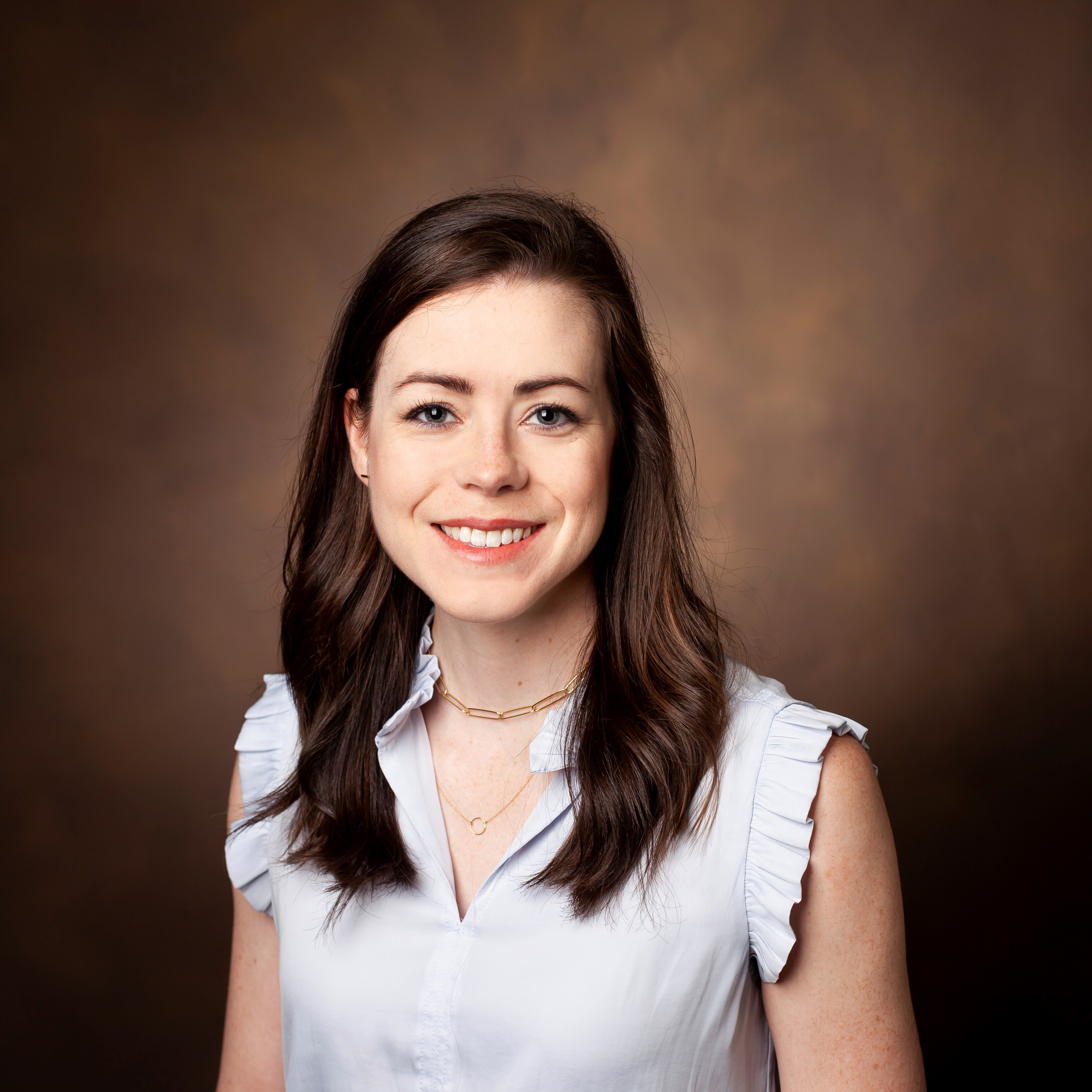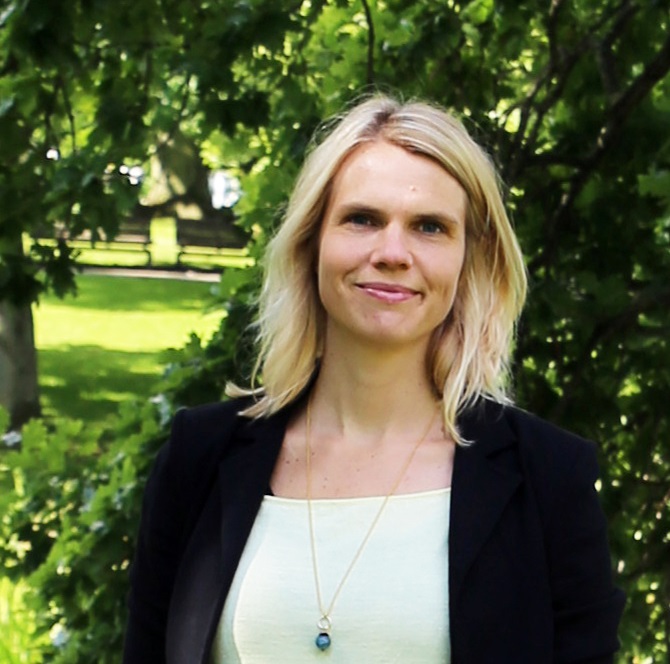Category: Couples / Close Relationships
Symposium 19 - New horizons of digital relationship research: Expanding methods, reach, and application
Level of Familiarity: Moderate
Recommended Readings: Doss, B. D., Knopp, K., Roddy, M. K., Rothman, K., Hatch, S. G., & Rhoades, G. K. (2020). Online programs improve relationship functioning for distressed low-income couples: Results from a nationwide randomized controlled trial. Journal of Consulting and Clinical Psychology, 88(4), 283–294. https://doi.org/10.1037/ccp0000479, Roddy M.K., Rhoades G.K., Doss B.D. (2020) Effects of ePREP and OurRelationship on Low-Income Couples' Mental Health and Health Behaviors: a Randomized Controlled Trial. Prevention Science, 21(6), 861-871. doi: 10.1007/s11121-020-01100-y, Georgia Salivar, E.J., Roddy, M.K., Nowlan, K.M., & Doss, B.D. (2018). Effectiveness of the online OurRelationship program for underserved couples. Couple and Family Psychology: Research and Practice, 7(3-4), 212., Hatch, S. G., Rothman, K., Roddy, M. K., Dominguez, R. M., Le, Y., & Doss, B. D. (2021). Heteronormative relationship education for same‐gender couples. Family process, 60(1), 119-133.,
-
EG
Emily Georgia Salivar, Ph.D. (she/her/hers)
Assistant Professor
Nova Southeastern University
Delray Beach, Florida -
SB
Scott Braithwaite, Ph.D. (he/him/his)
Brigham Young University
Provo, Utah -

McKenzie Roddy, Ph.D. (she/her/hers)
Research Assistant Professor
Vanderbilt University Medical Center
Nashville, Tennessee -
AH
Alexia Hirlemann, M.S. (she/her/hers)
Nova Southeastern University
Miami, Florida -

Tea Trillingsgaard, Ph.D. (she/her/hers)
Associate Professor
Aarhus University
Aarhus C, Midtjylland, Denmark -
SG
Shayna Guttman, MS (she/her/hers)
Graduate Student
University of Miami
Coral Gables, Florida -
GH
Gabe Hatch, Ph.D. (he/him/his)
Graduate Student
Not Affiliated
Orem, Utah
Chair(s)
Discussant(s)
Presenter(s)
When functioning well, romantic relationships provide a source of joy, support, and a protective barrier against a myriad of stressors. However, research suggests many couples are clinically-distressed and support is difficult to access, especially among marginalized communities. Luckily, developments over the past decade have focused on more accessible couple interventions. One example is the OurRelationship (OR) Program - a brief, digitally delivered, self-guided, coach-assisted couples intervention demonstrating immediate and long-term efficacy across multiple large-scale, nationwide, controlled trials in relationship and individual functioning, coparenting, and child adjustment improvements. The presentations in this symposium describe new methods, applications, and expanded reach of OR - including cross-cultural applications and understudied, at-risk populations to ensure joy can be cultivated in multiple romantic relationships across a variety of contexts.
The first two presentations address pressing questions to better understand and ultimately deliver the OR program in new and diverse populations. The first presentation, recognizing that the reach of OR may be limited by the need for paraprofessional support, especially in lower resource contexts, tests varying levels of coach support. Findings show that multiple versions had completion rates and effect sizes that would lead to a significant population-level impact. The second study applies the first ever qualitative examination of OR, providing descriptive summaries of a diverse series of couples completing the program. This presentation includes both specific program responses as well as experiences within coach appointments to highlight the ways the program can be customized for couples’ unique situations. The third and fourth studies extend the OR program to previously unreached populations. The third presentation describes a randomized controlled pilot of OR among distressed Danish couples. Importantly, this presentation includes a description of engagement with stakeholders to ensure appropriate translation and implementation, as well as outcome and satisfaction data, variations in effectiveness by recruitment channels, and comparison to a bibliotherapy control condition. The fourth presentation describes the implementation of the individual version of the OR program within jails wherein incarcerated individuals, interested in strengthening their relationships during their period of incarceration, reported strong satisfaction with the program. The fifth and final presentation extends the application of the OR program to couples in conflict over pornography use, highlighting the program’s effectiveness with a particularly challenging presenting problem.
Presentations in this symposia highlight the continued efforts to ensure quality delivery of an evidence-based digital intervention for couples to ensure all can access help for their romantic relationships. Presenters address the need for continued attention to novel methodologies and implementation strategies, utilizing community engagement, and connection to at-risk populations.
Learning Objectives:
- Describe intervention implementation considerations such as reach, effectiveness, and adoption.
- Explain benefit of qualitative approach to digital relationship intervention research.
- Describe initial evidence for the cross-cultural potential of the OurRelationship program.
- Understand relationship intervention effectiveness across novel, underserved populations.
- Explain expansion of digital relationship intervention to challenging presenting concerns.

